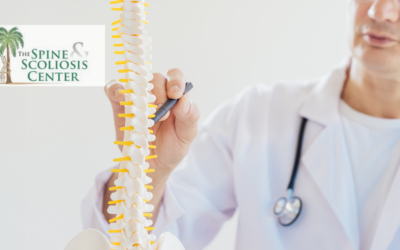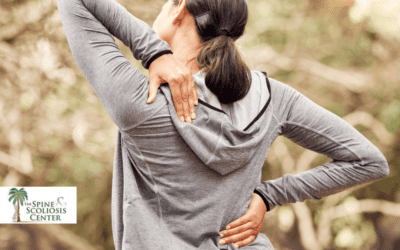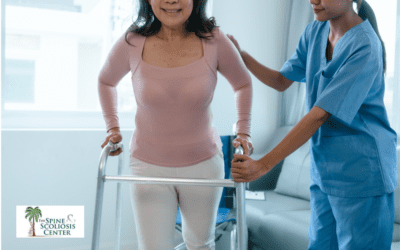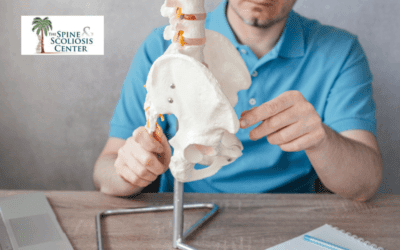Back surgery is a major type of surgery that requires a significant amount of downtime. It’s important to take steps and prepare for the post-surgical recovery period in order to optimize your recovery process after you are cleared to go home. Your treating physician...
Blog
Understanding the Early Signs of Spinal Disorders in Children
There are a variety of spinal conditions that can occur in children of all ages. No matter if the condition is congenital (they’re born with it), worsens with age, or is the result of a disease or traumatic injury, it can be an extremely difficult situation for...
Keeping Your Spine Healthy: Tips for a Strong and Pain-Free Back
Being able to move around and do the activities that you want to do is completely dependent on having a healthy spine. This is why it is crucial to be proactive about spine health and prevent spine problems from developing or snowballing into larger issues as you get...
All You Need to Know About Epidurals For Back Pain
Epidural Steroid Injections (ESI) are used to treat severe back pain. Strong anti-inflammatory medicine is injected directly into the epidural space, which refers to the space outside of the sac of fluid surrounding your spinal cord. ESIs are different from epidural...
Recovery After Spinal surgery: Achieving Normalcy Again
Spinal surgery is a major operation, and it may feel overwhelming if you find out you may be a candidate for it. In order to make the right decision for your individual health and happiness, it’s essential to educate yourself and understand the reasons behind getting...
Healthy Spine in 2024 – Here are 10 Tips!
There’s a reason why we have so many references to the spine, or backbone, in daily life as a central support system - our spines are literally integral to functioning as a human being. The spine is shaped like a gentle S-shape and balances the chest, neck, lower...






